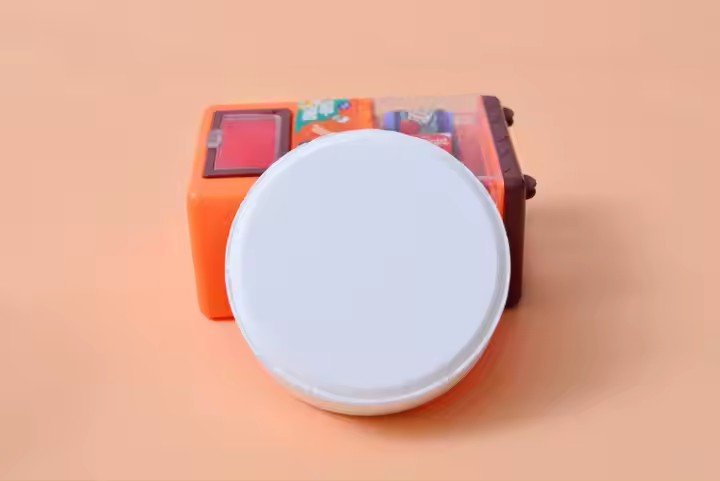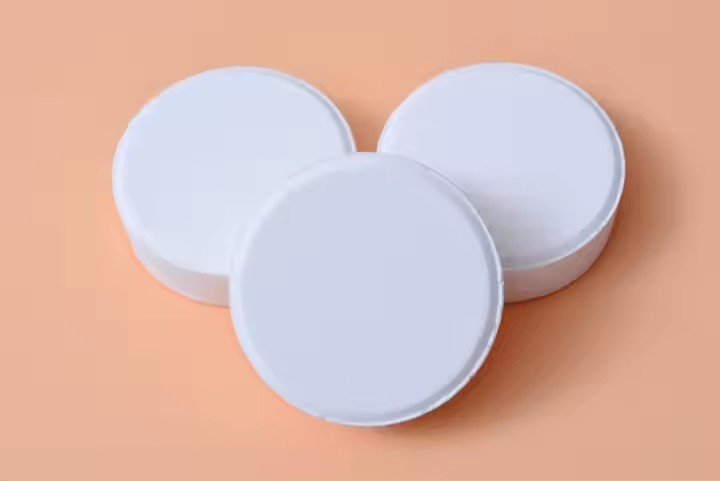Whether a homeowner owns a home pool or a business operates a public pool, misuse of chlorine tablets can cause bad water quality. Too few will not prove sufficient to kill bacteria, but too many will cause skin irritation as well as damage to pool equipment. Hence, the question of how to accurately calculate the dose of chlorine tablets to use became a problem that all managers need to confront.
I. Chlorine Tablet Disinfection Principle
Pool chlorine tablets contain active components, which include sodium dichloroisocyanurate and trichloroisocyanuric acid. When dissolved in water, both chemicals release hypochlorous acid. Hypochlorous acid is effective in decomposing the structures of bacterial cells of bacteria, viruses, and other microorganisms and thus acts as a disinfectant and sterilant.
Besides, the available chlorine content of tablets differs based on their specification and composition. It is a significant parameter in determining the dosage. In general, with the same amount of tablets consumed, the higher the chlorine content, the better the disinfection action.
II. Scientific Calculation of Dosage
In order to calculate how many chlorine tablets you should use, you will have to include the quality of water and the swimming pool capacity. First, you should calculate the capacity of the pool. In the case of the round swimming pool, capacity (cubic meters) will be 3.14×radius²×mean water depth. For the rectangular pool, the size (in cubic meters) will be length×width×mean water depth.
Typically, 5-8 grams of 90% effective chlorine tablets must be added per cubic meter of water in the event of initial addition of the tablets. Maintenance would be 1-3 grams per cubic meter of water daily. If the water quality is poor, you should immediately increase the dosage. The same is true when the algae float on the surface and the turbidity of the water increases.
In addition, the residual chlorine level can be measured through a residual chlorine tester, and it needs to be regulated within 0.3-1.0mg/L. According to the test results, the amount of chlorine tablets added next time can be adjusted accordingly.

III. Reasonable Placement and Precautions
When you dissolve the tablets, ensure no individuals are in the pool so that you won’t expose swimmers to high levels of concentrated chlorine solutions. Dissolve the tablets in a small bucket and mix thoroughly, and then carefully pour them into the pool. Alternatively, there is a specialized floating chlorine tablet dispenser. Place tablets inside it and let them slowly dissolve and release.
Meanwhile, never combine chlorine tablets with other chemicals to prevent chemical reactions. The tablets have to be kept in a cool, dry place and a well-ventilated area far from children and pets.
Conclusion
Since you have mastered the science of chlorine tablets’ application, not only can you maintain a healthy and sanitary swimming water situation, but the economic use cost may also be reduced. We are a professional manufacturer and distributor of chlorine tablets, striving to provide consumers with high-efficiency chlorine products. Each piece of the tablet has been quality-checked rigorously. Effective chlorine quality conforms to the specification, and its disinfectant ability is stable for a long duration.
Please feel free to reach out to us. We will collaborate with you closely to deliver the hygiene and safety of your pool water at all times.

